Beyond the Surface: Unlocking Systemic Insights Through Better Root Cause Analysis
When people are injured at work, investigations often rely on root cause analysis tools like the “5 Whys” or the “Ishikawa Fishbone” model to understand why the injuries happened and how to prevent them from happening again. While these methods can shine light on contributing factors, the way they are used tends to oversimplify complex…


